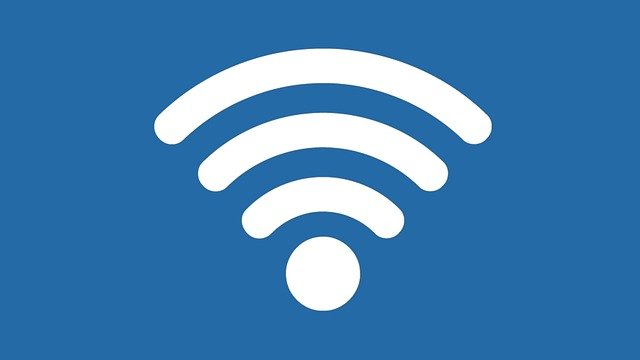Unraveling the Potential of Fixed Wireless Access (FWA)
The advent of Fixed Wireless Access (FWA) has revolutionized the way we perceive internet connectivity. This technology, which uses wireless networks to provide internet access to homes or businesses, is gaining traction worldwide. But what is the story behind FWA, and how is it shaping the future of telecommunications?

The Genesis of Fixed Wireless Access
Fixed Wireless Access is not a new concept. It has been around since the early days of radio communications, providing a wireless alternative to traditional wired networks. The technology has evolved significantly over the years, with advancements in wireless technologies like Wi-Fi and LTE contributing to its growth.
In the early days, FWA was primarily used in rural areas where laying cables was not feasible. However, with the advent of more advanced wireless technologies, it has found applications in urban areas as well, providing a viable alternative to traditional broadband services.
The Current State of Fixed Wireless Access
Today, FWA is witnessing a resurgence, thanks to the proliferation of advanced wireless technologies and the increasing demand for high-speed internet. According to a report by Ericsson, FWA connections are expected to reach nearly 160 million by the end of 2025, representing a significant portion of the global broadband market.
The growth of FWA is also being fueled by regulatory changes. Governments worldwide are recognizing the potential of FWA to bridge the digital divide and are implementing policies to promote its adoption.
The Impact of Fixed Wireless Access
FWA has the potential to transform the telecommunications landscape. It offers a cost-effective solution for providing high-speed internet in areas where laying cables is not feasible or economical. This makes it an ideal solution for bridging the digital divide, especially in rural and remote areas.
However, the technology is not without its challenges. Factors such as signal interference and line-of-sight issues can affect the performance of FWA. Despite these challenges, the potential benefits of FWA far outweigh its drawbacks.
Practical Applications of Fixed Wireless Access
FWA has a wide range of applications. It can be used to provide broadband services in rural areas, offer a backup solution for businesses, and even support smart city initiatives. With the advent of 5G, the potential applications of FWA are expected to expand even further.
The Future of Fixed Wireless Access
The future of FWA looks promising. With advancements in wireless technologies and supportive regulatory policies, FWA is poised to play a crucial role in the future of telecommunications. As the demand for high-speed internet continues to grow, FWA is likely to become an increasingly important part of the connectivity landscape.
In conclusion, Fixed Wireless Access is a powerful technology that has the potential to transform the telecommunications landscape. With its ability to provide high-speed internet in areas where traditional broadband services are not feasible, it represents a promising solution for bridging the digital divide. As the technology continues to evolve, it is likely to play an increasingly important role in the future of telecommunications.





